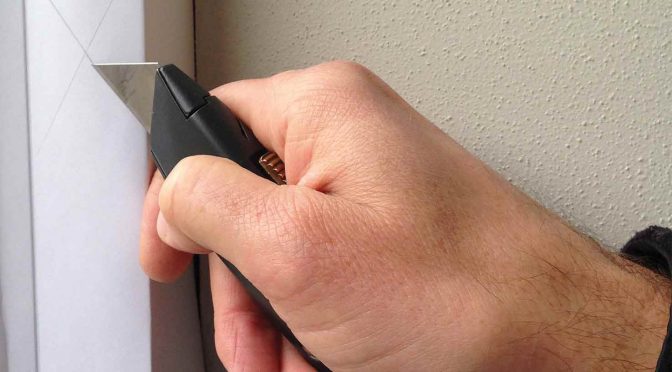Answers to pro painters’ most pressing questions by Rick Watson
How do I test for adhesion?
There are many recognized ways to determine how well a coating has bonded to the surface. Some, like the infamous “thumbnail test,” are not a reliable method. Instead, I recommend the X-cut and the cross-hatch tape test methods.
X-cut tape test
The X-cut tape test is typically used at job sites. Using a sharp blade, two cuts are made into the coating down the substrate to form an X. Masking tape is placed over the X-cut and then removed rapidly. The X-cut area is then inspected for removal of the coating from the substrate or previous coating and rated.
Cross-hatch tape test
The cross-hatch tape test is typically for use on coatings less than 5 mils thick.
Using a sharp blade cut a cross-hatch pattern rather than the X pattern. Masking tape is placed over the cuts and then removed rapidly. After the tape has been pulled off, the cut is then inspected and rated.
Performance standards
A standard method for the application and performance of these tests is available in ASTM D3359.
The results rate the adhesion of the film based on the percentage of the film adhering to the substrate. This is calculated on a scale from 0 to 100 percent, with 100 being perfect adhesion to the substrate, and 0 being no adhesion to the substrate.
Per ASTM D3359-02
- 5B: The edge of the cuts are completely smooth; none of the squares of the lattice is detached.
- 4B: Small flakes of the coating are detached at intersections; less than 5% of the area is affected.
- 3B: Small flakes of the coating are detached along edges and at intersections of cuts. The area affected is 5-15 percent of the lattice.
- 2B: The coating has flaked along the edges and on parts of the squares. The area affected is 15-35 percent of the lattice.
- 1B: The coating has flaked along the edges in large ribbons and whole squares have detached. The affected area is 35 to 65 percent of the lattice.
- 0B: Flaking and detachment worse than Grade 1.
This article was originally published in the Winter 2016 issue of PPC magazine. Rick Watson, director of Product Information and Technical Services at Sherwin-Williams, answers questions from pro painters in the Ask Your ProPartner™ column in PPC magazine.
Got a question for Rick?
CONTACT US

